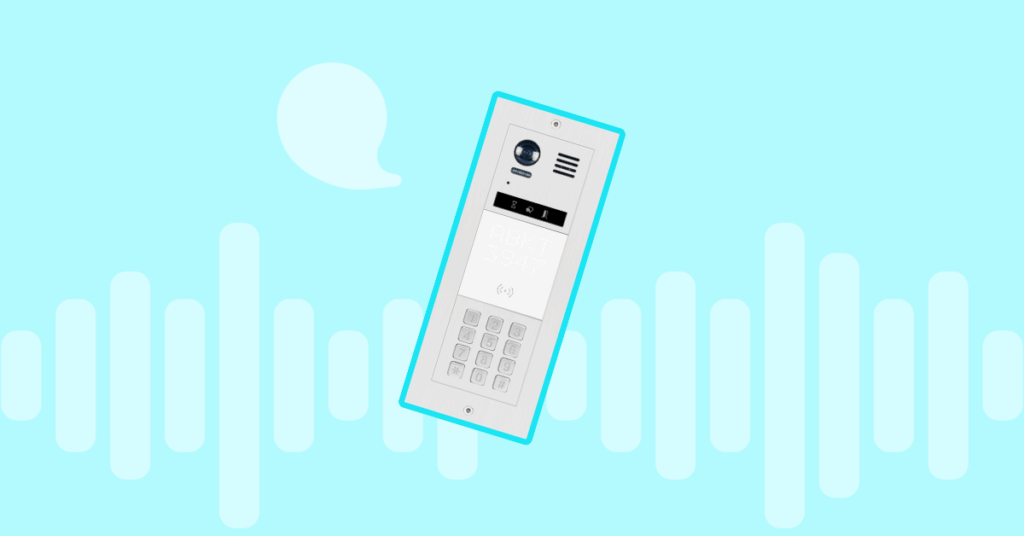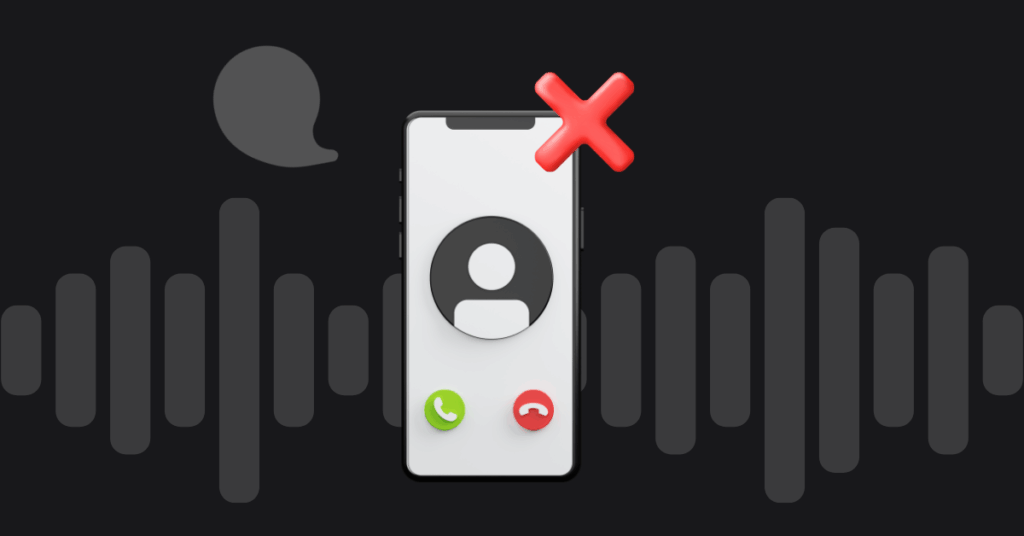
Table of contents
One of the prime benefits of VoIP – aside from modern, brand-new features – is that the technology can add a new twist to the older features found in analogue phones.
For example, call forwarding has been available in enterprise PBX systems for a long time but it had some disadvantages such as requiring manual set up and being charged for minutes by the vendor.
Hosted VoIP systems
With VoIP technology, call forwarding gets transformed into a more advanced feature. In the case of hosted systems, employees can access the online dashboard and set up rules so that multiple devices can ring at the same time on an incoming call.
This leaves the employee free to take the call using any device that they may have at that particular time – be it the desk phone, a mobile device or even a softphone application on a computer.
SIP Forking or Multipoint registration
For enterprises that have their own SIP network, this feature is enabled through SIP forking or multipoint registration. Forking refers to the process of splitting a single incoming call to multiple SIP endpoints or user agents.
Although the term has been derived from computer technologies where it refers to cloning or copying code, it is commonly used within the VoIP industry as well.
Two types of SIP forking
Parallel forking
Parallel forking means that multiple devices can ring at the same time when a call is being received. In this scenario, the proxy server will split the INVITE among all the devices that have been registered for that particular number.
When the call is answered on one particular device, the OK response is sent back to the originator. Other devices generate a CANCEL response, so that only a single SIP session is initiated.
Sequential forking
In sequential forking, the INVITE is sent to one device, usually whichever one has the highest priority as assigned by the user. If no response is received, it is passed on to the next device in turn under the call is answered somewhere.
Rules can be set up so that the call is transferred to voicemail after a predefined timeout period or if the call is not answered after the first two devices etc.
How is it useful?
One of the most common scenarios where SIP forking can be incredibly useful is when secretaries can answer phone calls directed to their bosses when they are unavailable for any reason.
Multipoint registration offers flexibility to employees who are traveling, working from multiple locations at the same time or who are constantly on the road as part of their job. It ensures that they don’t have to miss a call from clients, bosses or teammates.
Another use case is for call centers or customer service groups. Incoming calls can be directed to all the available phones and whichever agent answers it first will handle the particular call.
This feature works even if the employees are scattered across multiple locations or if they are working from home. It becomes readily apparent that multipoint registration can be a lifesaver for many businesses.
Read this post in: Español
More from the blog
Want to improve your business communication?
Unlock enterprise-class call center power at affordable prices – no hardware, no delays, no surprises!






